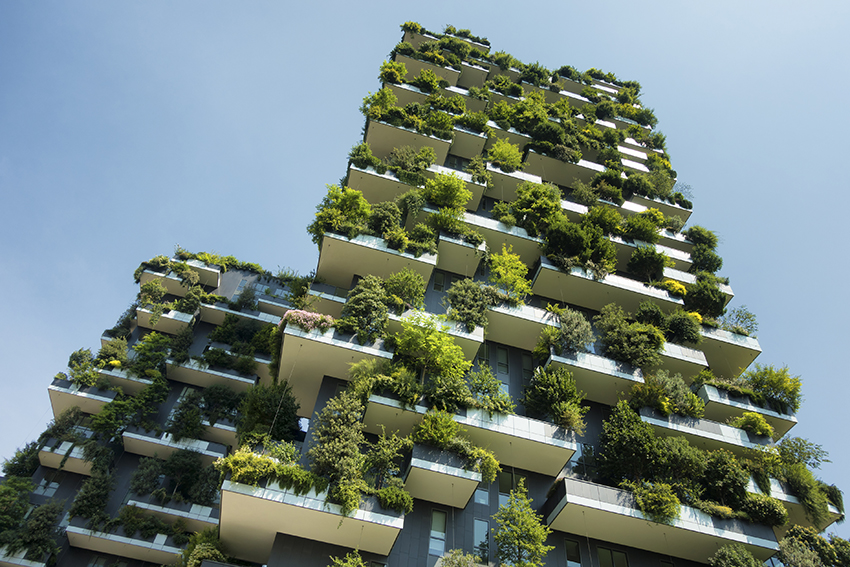Evolving architecture for future needs

“When we imagine our near-future, we need to think about what we value, how design can apply those values in meaningful ways, and how we build spaces that do this in ecologically sustainable ways.”
Designing buildings and spaces for a future that doesn’t exist yet is a challenge that architects have always faced. But with the increased pace of technological and ecological change, figuring out how to design for the future is even more critical. And it’s a challenge that will have a significant impact on future architecture graduates.
AUT has responded to the challenge with two programmes. AUT’s Bachelor of Architecture and Future Environments - co-created with Ngā Aho, the Network of Māori Design Professionals - and Master of Architecture (Professional) are focused on integrated, responsive architectural research and design practices.
Nick Sargent, a lecturer in architecture and future environments, says the focus is on developing graduates who can apply holistic architectural design thinking and understand how the integration of building technology, construction and social theory can address critical issues such as the climate emergency, biodiversity crisis, and rising social inequities.
“The architecture and construction industry is responsible for 20% of New Zealand’s gross carbon footprint, a figure that is even higher globally, so it is essential that our programmes contribute to reducing this. This requires students to rethink design and construction processes.”
“We want our students to understand architecture as a socio-ecological activity, where they are designing cultural spaces and ecological relationships,” says Associate Professor Amanda Yates.
Sivan Danin was part of the first cohort of students in the new programme and says he chose the course because of its relevance.
“Taking a holistic approach and aiming to tackle the big issues, like climate change and negative environmental impacts within design, feels meaningful.”
One of his first-year projects saw him develop a multi-functional ruma ora (living room) space at St Mary’s Bay in Auckland, that took inspiration from the Maramataka (lunar calendar) and followed Te Aranga principles in its use of sustainable design and materials.